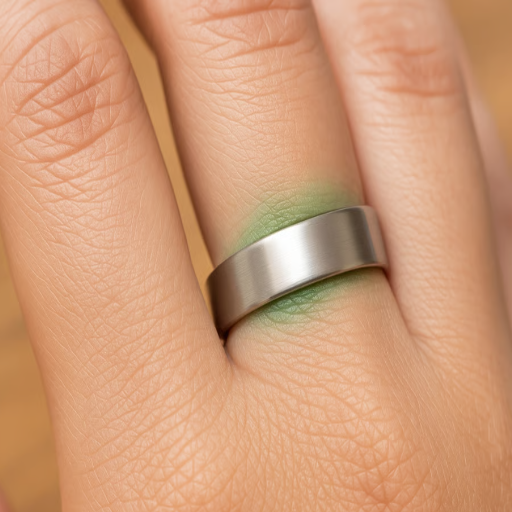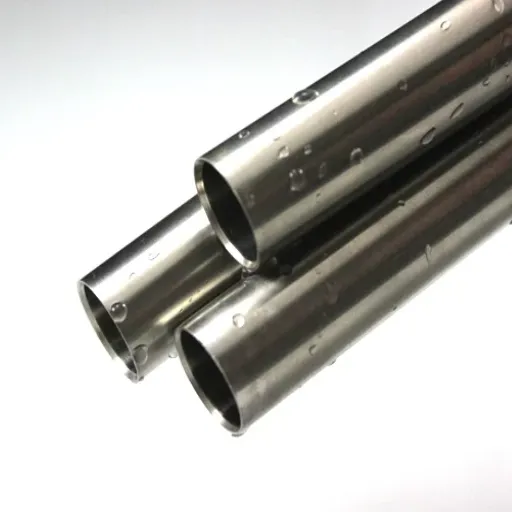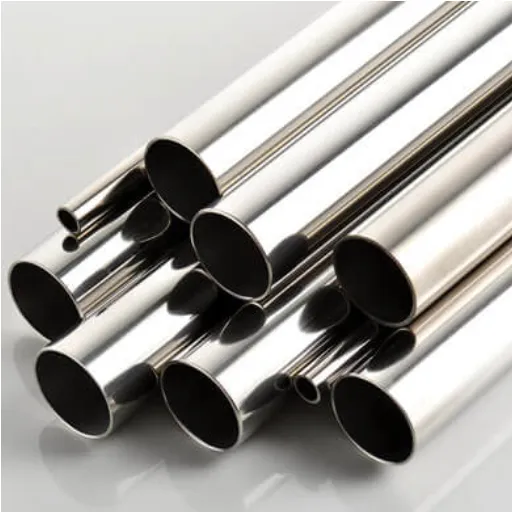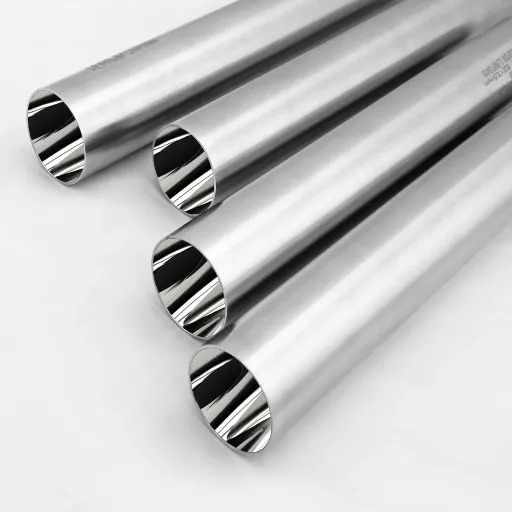Understanding Skin Discoloration and Metal Reactions
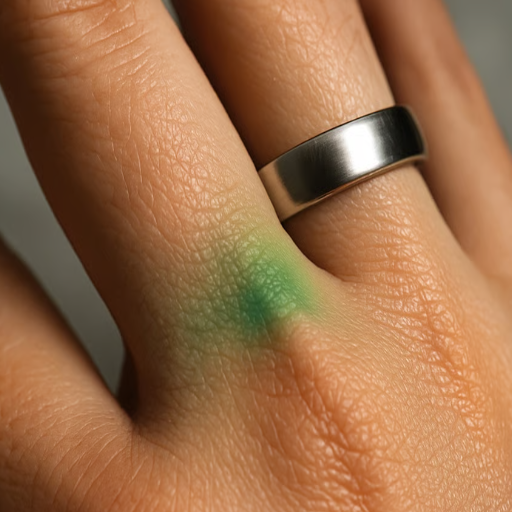
Why Certain Metals Cause Skin Discoloration
Certain metals can cause skin discoloration through chemical reactions with natural substances that exist on the surface of the skin—sweat, oils, or moisture. The chemical reactions produce metal salts or oxides that appear as stains or discoloration in areas where jewelry contacts the skin.
Discolorations mostly occur because jewelry contains reactive metals such as:
- Copper: Reacts with sweat to cause green staining on the skin
- Nickel: Used in many jewelry alloys, causes discoloration and is a well-known allergen that causes skin irritation in sensitive individuals
Chemical Reactions Between Skin and Metals
Chemical reactions between skin and metals often lead to tarnishing and discoloration. Contributors include:
- Moisture and body oils
- Sweat creates an environment for corrosion
- Formation of compounds that discolor both skin and jewelry
Prevention Tips:
- Choose metals less prone to corrosion (platinum, stainless steel, high karat gold)
- Consider jewelry with rhodium plating or clear lacquer coatings
- Maintain proper hygiene and jewelry care
- Avoid exposure to strong chemicals like perfumes and cleaning agents
The Role of Copper and Nickel in Skin Reactions
Copper and nickel are two metals commonly used in jewelry manufacturing that are known to induce skin reactions in susceptible individuals:
- Oxidation of Copper: Develops greenish patina when exposed to air, leading to discoloration and potential allergic reactions
- Nickel as a Common Allergen: Affects 10-20% of the population, causing symptoms from redness and itching to severe blistering
- Presence in Alloys: Frequently used to increase metal resistance and strength
- Sweat Enhancement: Increases metal ion release, particularly during physical activities
- Prolonged Wear Effects: Continuous contact increases sensitivity and reaction chances
Properties of Stainless Steel
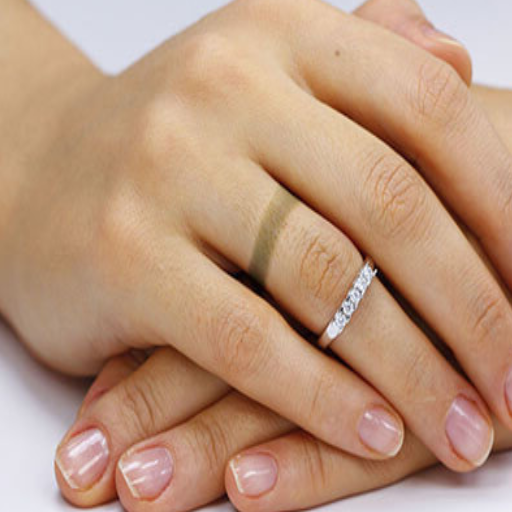
Corrosion Resistance and Durability
Stainless steel is praised for its corrosion-resistant nature, primarily attributed to the chromium in its alloy. Key characteristics include:
- Passive Layer Formation: Chromium reacts with oxygen to form chromium oxide, preventing further oxidation
- Self-Repairing Protection: The protective layer regenerates when damaged
- Environmental Resistance: Withstands moisture, saltwater, and hostile conditions
- Enhanced Grades: Molybdenum and nickel additions provide resistance against pitting corrosion
Composition of Stainless Steel Alloys
Stainless steel consists of:
- Base: Iron with at least 10.5% chromium by mass
- Additional Elements: Nickel, molybdenum, carbon, and manganese
- Function: Each element serves specific purposes for durability and corrosion resistance
Stainless steels are available in five major families:
- Austenitic: High chromium and nickel content, excellent versatility
- Ferritic: Lower nickel content, more affordable option
- Martensitic: High carbon content for hardness and wear resistance
- Duplex: Enhanced strength for demanding applications
- Precipitation-hardening (PH): Specialized applications
Differences Between 304 and 316 Stainless Steel
| Aspect | 304 Stainless Steel | 316 Stainless Steel |
|---|---|---|
| Chromium % | 18-20 | 16-18 |
| Nickel % | 8-10.5 | 10-14 |
| Molybdenum % | None | 2-3 |
| Corrosion Resistance | Good | Superior |
| Cost | Lower | Higher |
| Durability | Moderate | High |
| Primary Usage | General applications | Marine/Chemical environments |
Does Stainless Steel Turn Skin Green?
Mechanisms Behind Skin Reactions
When stainless steel comes in prolonged contact with skin, some discoloration or greenish tinting might develop due to:
- Nickel Content: Present in 304 and 316 grades, it can cause reactions in sensitive individuals
- Copper Contamination: External contamination or mixed-metal accessories
- Lower Grade Steel: Poor passivation increases susceptibility to corrosion
- Environmental Factors: Chloride-rich environments accelerate reactions
Factors Influencing Skin Sensitivities
- Material Composition: Trace amounts of nickel, chromium, and molybdenum affect sensitivity (nickel release rate >0.5 μg/cm²/week can cause reactions)
- Environmental Conditions: Humidity, temperature, and salinity accelerate breakdown of protective layers
- Contact Duration: Longer exposure increases ion transfer and sensitization risk
- Surface Finish: Smoother finishes reduce ion release rates; treatments like polishing and passivation provide better protection
- Individual Sensitivity: Personal skin barrier function and immune response variations affect reactions
Choosing Skin-Friendly Metals
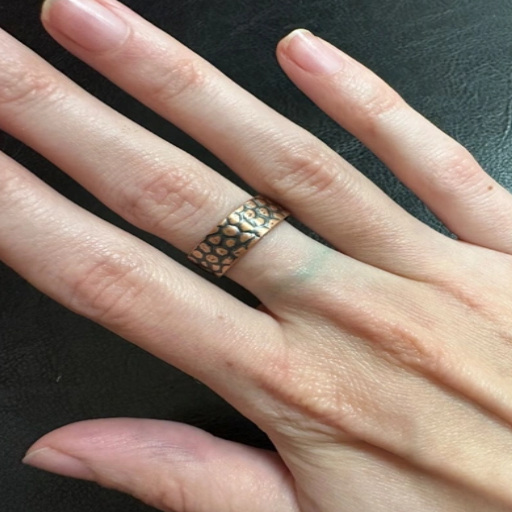
What to Look for in Jewelry for Sensitive Skin
Recommended Hypoallergenic Materials:
- Surgical-grade stainless steel
- Titanium
- Niobium
- Platinum
- Higher karat gold (14K or 18K)
- Rhodium-plated sterling silver
Avoid: Alloys with high nickel content, as they can cause contact dermatitis
Design Considerations:
- Choose smooth, polished styles over sharp edges
- Ensure non-metal components are non-toxic
- Consider protective coatings (note: may wear off over time)
Hypoallergenic Options and Their Benefits
| Material | Key Benefits | Best For |
|---|---|---|
| Surgical Stainless Steel | Low nickel content, affordable, durable | Daily wear jewelry |
| Titanium | Lightweight, biocompatible, stronger than steel | Long-term wear, medical applications |
| Niobium | Naturally nickel-free, can be anodized for colors | Colored jewelry options |
| Platinum | High purity, doesn’t tarnish, luxurious | Fine jewelry, heirloom pieces |
| Medical-Grade Plastic | Flexible, non-metal alternative | Piercing retainers, children’s jewelry |
Expert Tips for Preventing Skin Reactions
- Evaluate Materials Before Purchase: Choose hypoallergenic materials like titanium or surgical stainless steel to minimize nickel exposure
- Regular Cleaning and Maintenance: Clean jewelry regularly to remove irritants like dirt, bacteria, and oils using skin-friendly, non-abrasive solutions
- Monitor Skin Response: Watch for redness, itching, or swelling, and discontinue use immediately if reactions occur
- Avoid Prolonged Moisture Exposure: Remove jewelry during swimming, bathing, or exercising, and ensure complete drying before reapplication
- Patch Testing: Test new jewelry or products on a small skin area before extended use
Practical Ways to Prevent Skin Discoloration
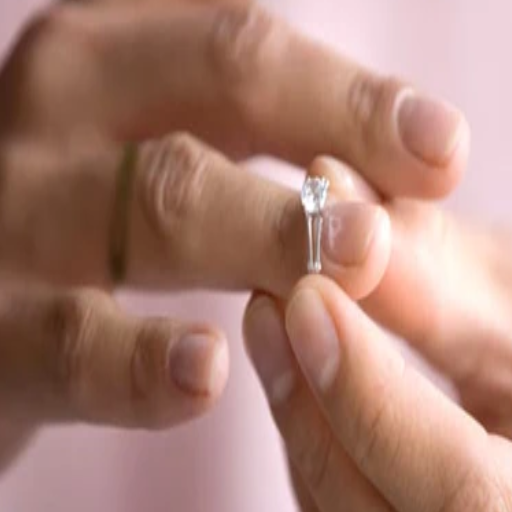
Using Barrier Creams
Barrier creams create a physical shield between skin and accessories:
- Active Ingredients: Dimethicone or zinc oxide effectively block moisture
- Application: Apply evenly and allow complete drying before wearing jewelry
- Selection: Choose hypoallergenic formulas for sensitive skin
- Benefits: Reduces irritation during prolonged wear
Importance of Regular Jewelry Cleaning
Why Clean Regularly:
- Prevents accumulation of dirt, oils, and environmental contaminants
- Reduces tarnishing and discoloration
- Maintains structural integrity
- Ensures hygiene and prevents bacterial harboring
Cleaning Methods:
- Daily: Mild soap and warm water with a soft brush
- Professional: Ultrasonic baths or steam cleaning for deep cleaning
- Schedule: Bi-weekly cleaning recommended by experts
Opting for Hypoallergenic Materials
Key considerations for hypoallergenic jewelry selection:
- Population Impact: 10-20% of people suffer from nickel allergies
- Certification: Look for products tested to international standards (like EU REACH system)
- Advanced Technologies: Rhodium plating provides additional protective layers
- Material Science: Modern alloys designed specifically for allergy safety and durability
Frequently Asked Questions (FAQ)
A: Stainless steel generally does not turn green like copper or brass. However, some stainless steel grades can cause reactions in sensitive people due to nickel content, which may create a green tint on the skin.
A: Jewelry typically uses 304 stainless steel and 316L stainless steel. The 316L type is called surgical steel due to its high corrosion resistance and lower probability of causing allergic reactions.
A: Stainless steel is tarnish-resistant due to its chromium oxide layer. However, moisture combined with body acids could eventually cause slight discoloration, though this is much less likely than with silver or brass.
A: Skin reactions may occur if stainless steel jewelry contains nickel or if you have a metal allergy. High-quality stainless steel, like 316L, reduces the likelihood of such reactions.
A: Stainless steel contains mainly iron with chromium and sometimes nickel. The chromium oxide layer prevents skin reactions, but nickel content in lower grades may cause allergic reactions in some people.
A: Yes, stainless steel is usually ideal for people with allergies. Higher grades like 316L, with minimal nickel content, rarely cause allergic reactions and are suitable for sensitive skin.
A: Consider the steel grade, nickel presence, and your skin sensitivity. Choose high-quality stainless steel products like 316L to minimize skin reactions while ensuring durability.
A: Stainless steel rarely turns skin green. Under certain conditions, like exposure to moisture or body acids, green tinting might develop if the jewelry is cheaper steel or alloy. High-quality stainless steel minimizes this risk.
A: Stainless steel typically causes fewer allergic reactions than sterling silver, which contains copper. While gold and platinum remain top choices, stainless steel offers an affordable, durable alternative for sensitive skin.
References
- Modification of Stainless-Steel Surfaces for Advanced Functionalities – Georgia Tech Repository: Discusses stainless surface properties and skin interaction
- Green Nanoarchitecture – Academia.edu: Documents stainless steel uses and skin interaction aspects
- Sensitization to Corrosion of Austenitic Stainless Steels – MDPI Coatings Journal: Examines stainless steel corrosion and prolonged skin contact interactions

